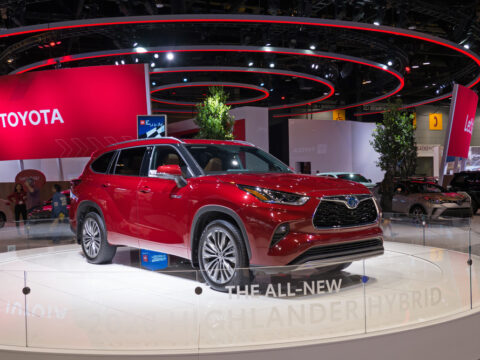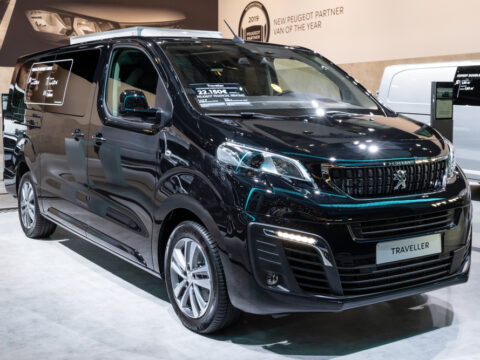Electric vehicles (EVs) have rapidly evolved from niche alternatives to mainstream choices, thanks to remarkable advancements in technology. These innovations not only enhance the driving experience but also make EVs more efficient, sustainable, and user-friendly. In this article, we explore 15 groundbreaking features in modern electric vehicles that are redefining the way we think about transportation.
Contents
Autonomous Driving Capabilities
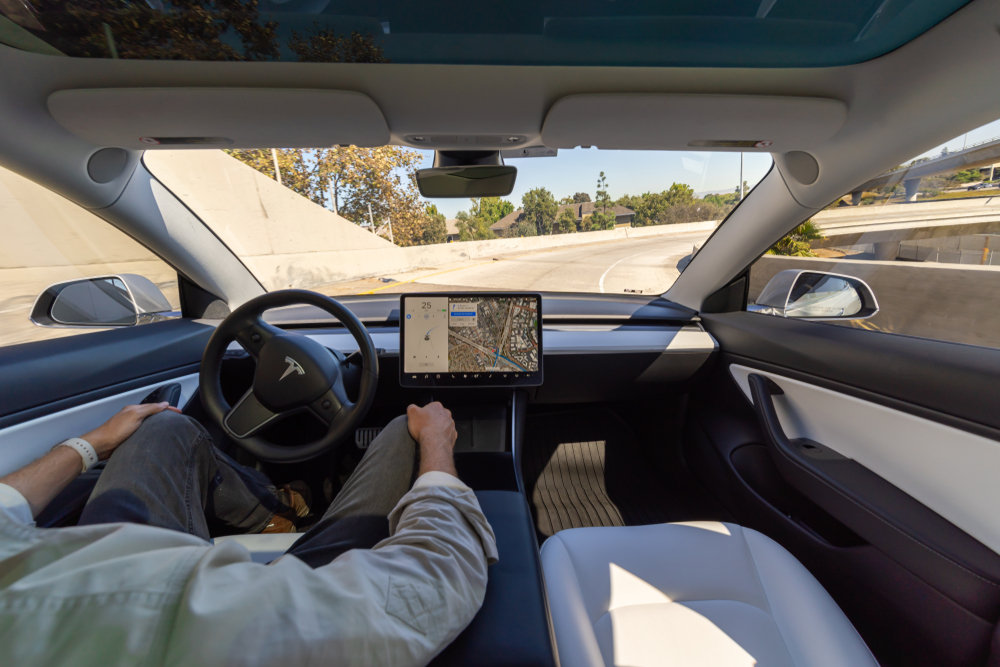
Autonomous driving capabilities represent one of the most groundbreaking advancements in electric vehicles. By utilizing a combination of sensors, cameras, and artificial intelligence, these vehicles can navigate and operate with minimal human intervention. Features like Tesla’s Full Self-Driving (FSD) and GM’s Super Cruise offer hands-free driving on highways, making long trips more comfortable and safer. Autonomous capabilities also enhance safety by reducing human error, which is a leading cause of accidents.
Long-Range Batteries
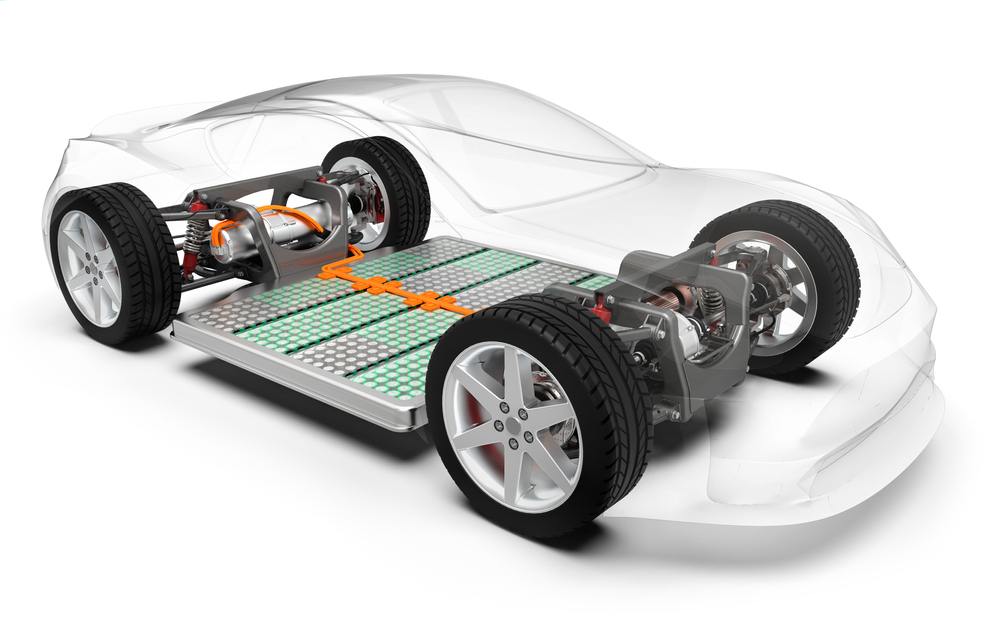
Long-range batteries are crucial for the practicality and appeal of electric vehicles. Modern EVs, such as the Tesla Model S Long Range and the Lucid Air, boast ranges exceeding 400 miles on a single charge. These batteries use advanced lithium-ion technology, providing more energy density and efficiency. Long-range batteries alleviate range anxiety, allowing drivers to travel longer distances without frequent charging stops, thus making EVs a viable option for everyday use and long road trips.
Fast Charging Technology
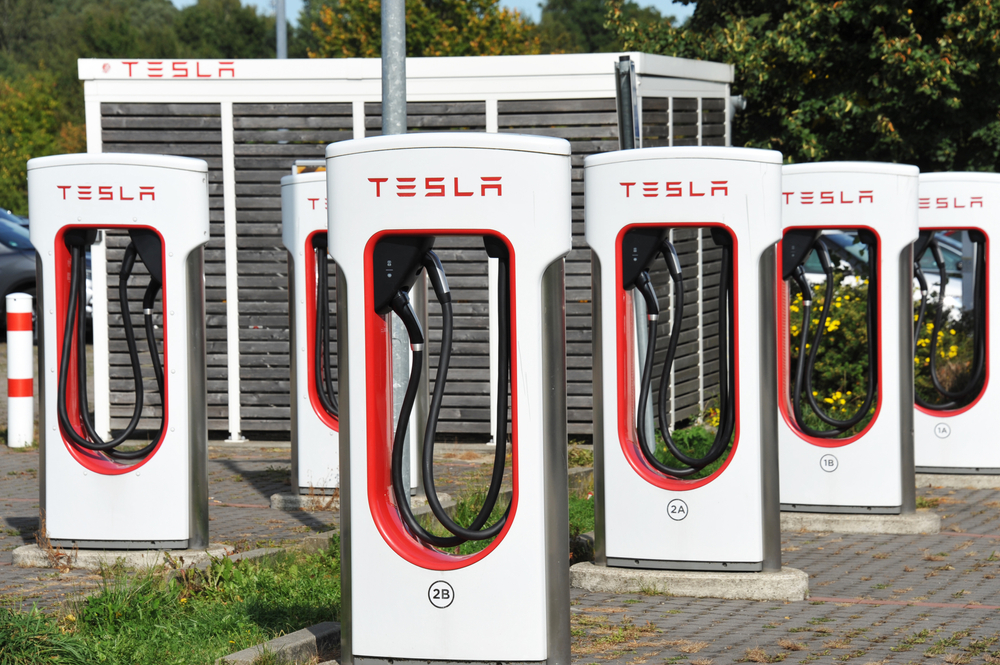
Fast charging technology significantly reduces the downtime associated with recharging electric vehicles. Networks like Tesla Supercharger and Electrify America enable EVs to gain up to 80% charge in as little as 30 minutes. This is achieved through high-power charging stations that can deliver up to 350 kW of power. Fast charging makes electric vehicles more convenient for long-distance travel and daily use, as it minimizes the time spent waiting for a recharge.
Wireless Charging
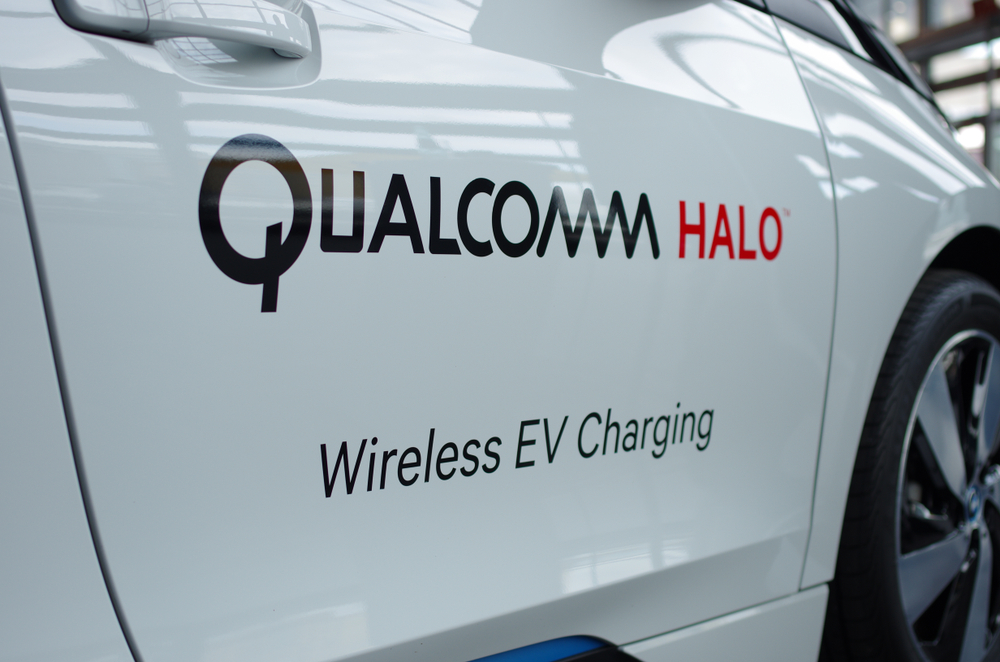
Wireless charging offers a hassle-free way to recharge electric vehicles. By using inductive charging pads, EV owners can charge their cars without plugging in any cables. Companies like BMW and WiTricity are developing systems that allow cars to be charged simply by parking over a charging pad. This technology enhances convenience and can be integrated into public parking spots, garages, and even roadways, further promoting the adoption of electric vehicles.
Advanced Driver Assistance Systems (ADAS)
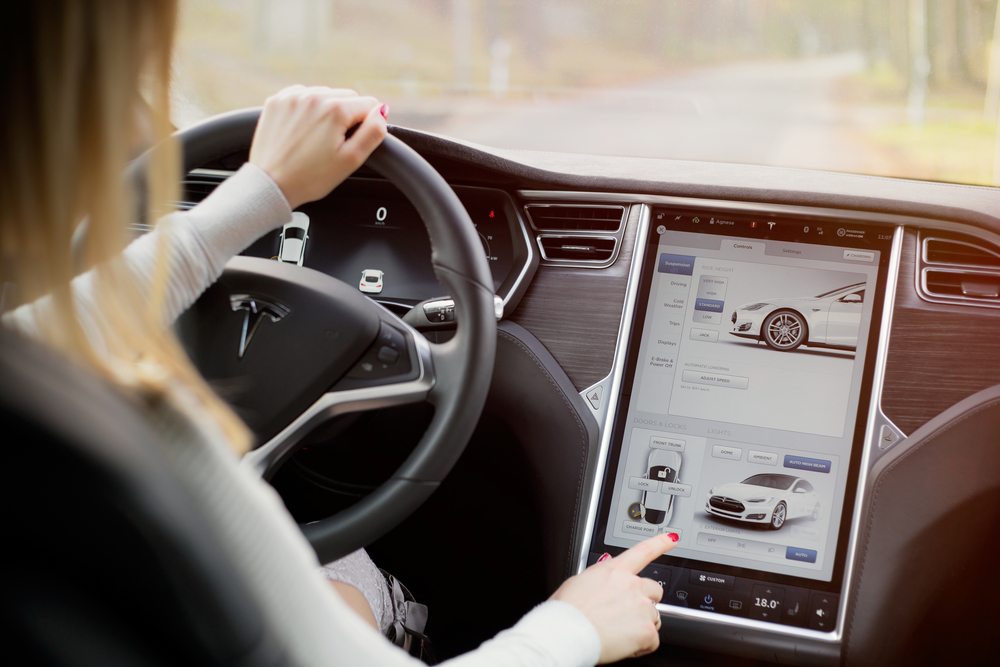
Advanced Driver Assistance Systems (ADAS) enhance the safety and convenience of electric vehicles. Features like adaptive cruise control, lane-keeping assist, and automatic emergency braking help prevent accidents and reduce driver fatigue. These systems use a combination of cameras, radar, and sensors to monitor the vehicle’s surroundings and assist the driver in making safer decisions. ADAS is a critical step towards fully autonomous driving, improving safety and confidence on the road.
Over-the-Air Software Updates
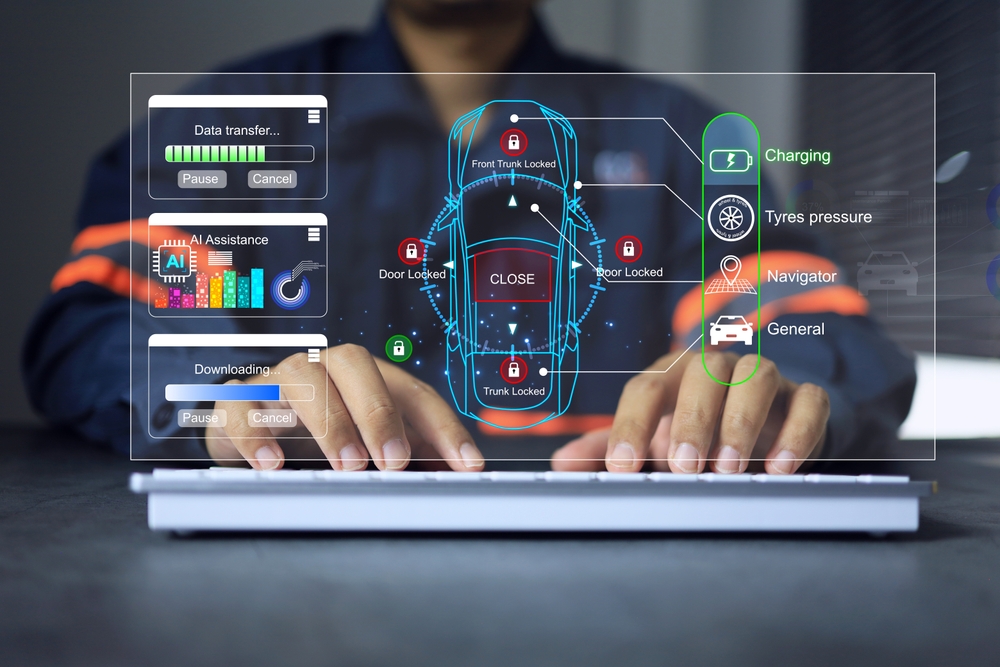
Over-the-air (OTA) software updates allow electric vehicles to receive the latest features and improvements without needing to visit a service center. Tesla pioneered this concept, enabling their cars to get new functionalities, performance enhancements, and bug fixes remotely. OTA updates keep the vehicle’s software up-to-date, continually improving the driving experience and adding value to the vehicle over time.
Smart Summon
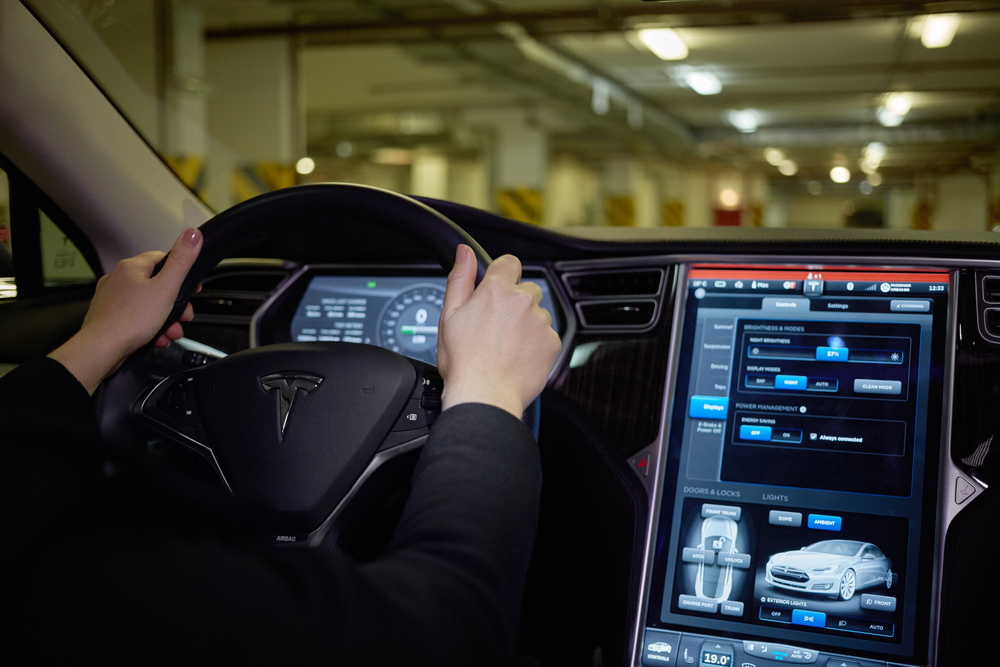
Smart Summon is a feature that allows electric vehicles to autonomously navigate parking lots and drive to the owner’s location. This is particularly useful in crowded or large parking areas. Tesla’s Smart Summon, for instance, uses the car’s sensors and cameras to avoid obstacles and navigate complex environments. This feature showcases the potential for fully autonomous navigation and adds a level of convenience previously unseen in the automotive industry.
Bi-Directional Charging
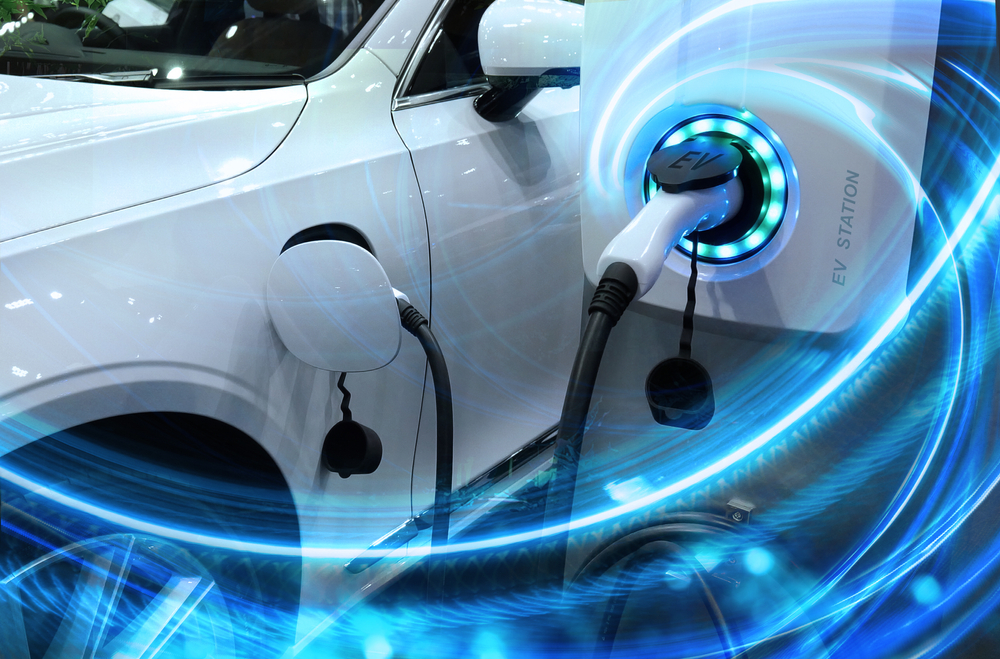
Bi-directional charging, also known as vehicle-to-grid (V2G) technology, allows electric vehicles to both receive and supply electricity. This means an EV can act as a mobile power source, providing energy to homes or even back to the grid during peak demand times. Vehicles like the Nissan Leaf are already equipped with V2G capabilities, which can help stabilize the power grid, reduce energy costs, and promote the use of renewable energy sources.
Battery Management Systems
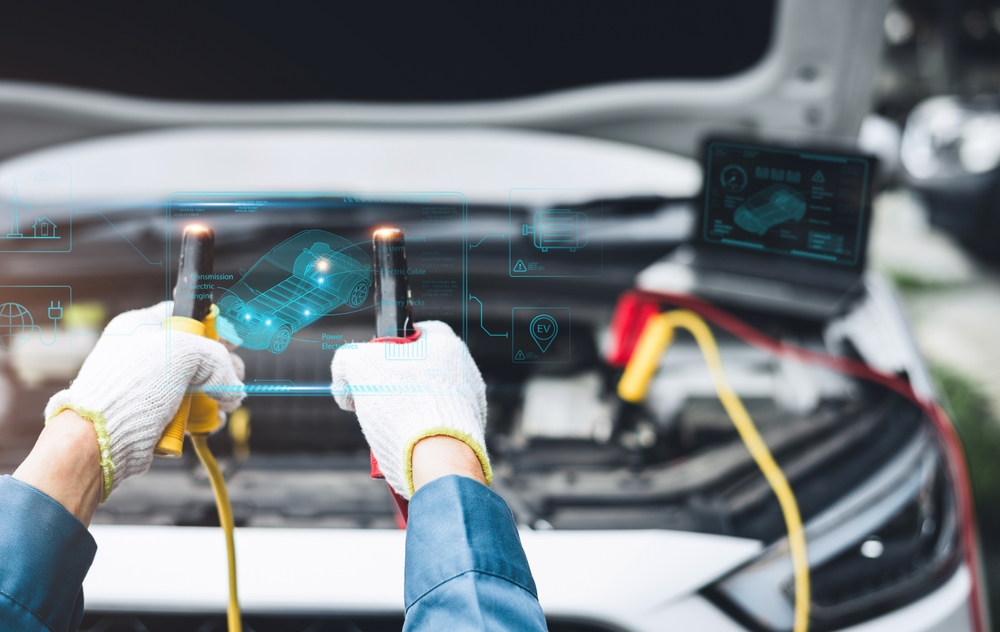
Battery Management Systems (BMS) are essential for optimizing the performance and longevity of electric vehicle batteries. A BMS monitors the battery’s state of charge, temperature, and overall health, ensuring safe and efficient operation. It helps prevent overcharging and deep discharging, which can damage the battery. Advanced BMS technology enhances battery life and reliability, making EVs more dependable for everyday use.
Enhanced Connectivity and Infotainment Systems
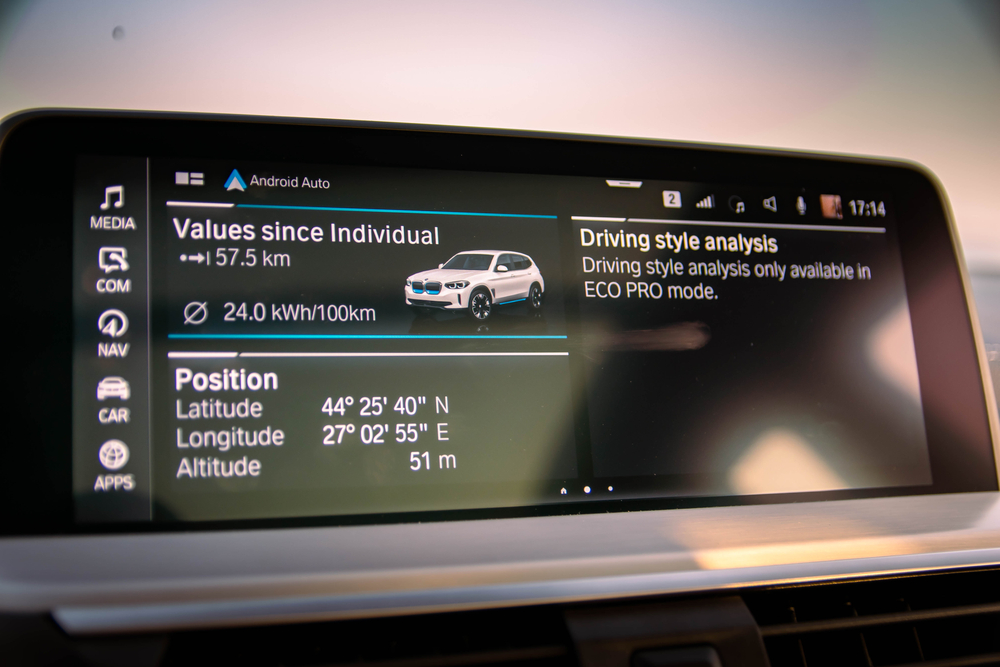
Modern electric vehicles come equipped with advanced connectivity and infotainment systems that enhance the driving experience. These systems include large touchscreens, smartphone integration, voice controls, and real-time navigation. Tesla’s infotainment system, for example, features a 15-inch touchscreen with access to streaming services, games, and internet browsing. Enhanced connectivity keeps drivers informed and entertained, making journeys more enjoyable.
Sustainable Interior Materials
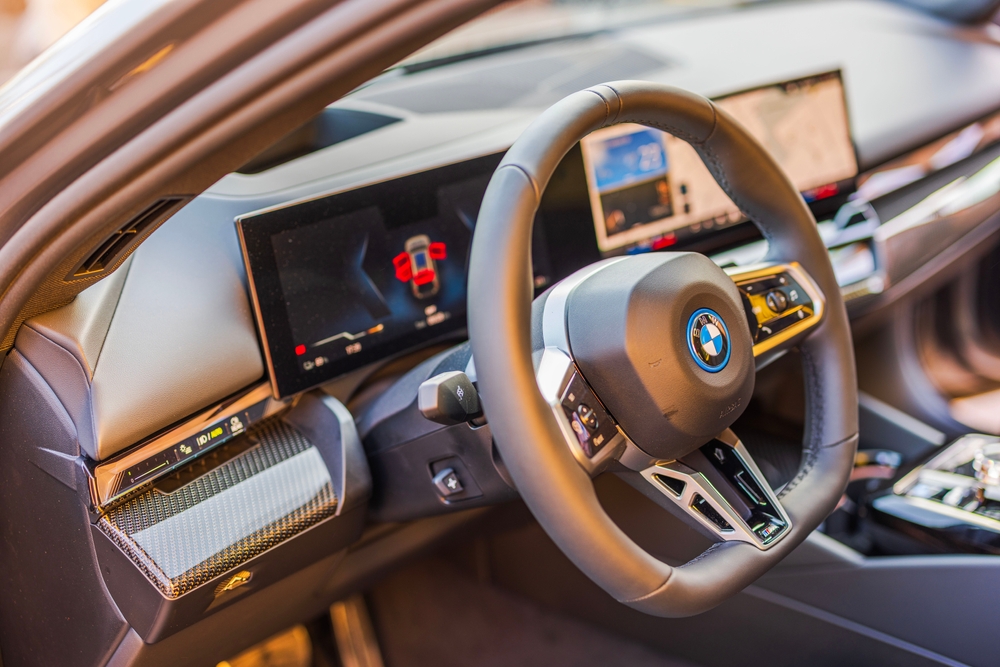
Many electric vehicles incorporate sustainable interior materials, reflecting a commitment to environmental responsibility. Brands like BMW and Tesla use recycled materials, vegan leather, and natural fibers in their interiors. These materials not only reduce the vehicle’s environmental impact but also appeal to eco-conscious consumers. Sustainable interiors demonstrate that luxury and sustainability can coexist in the automotive industry.
Heat Pump Climate Control

Heat pump climate control systems in electric vehicles are more efficient than traditional heating and cooling methods. A heat pump can transfer heat from the outside air to warm the cabin or remove heat to cool it. This system uses less energy from the battery, extending the vehicle’s range. Models like the Tesla Model Y and Nissan Leaf incorporate heat pump technology to provide efficient climate control without compromising performance.
Vehicle-to-Grid (V2G) Technology
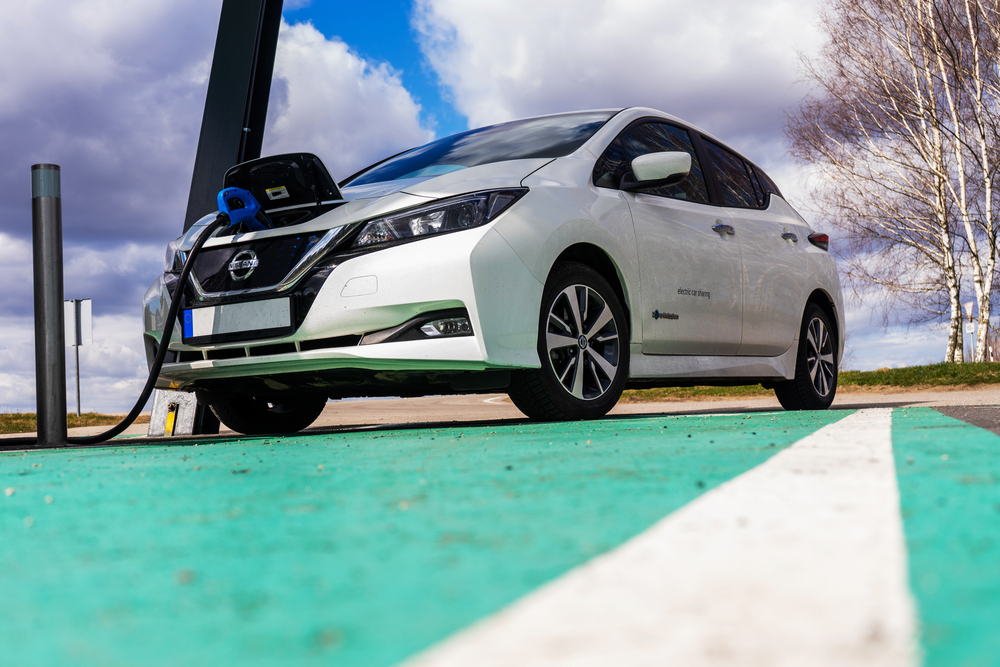
Vehicle-to-Grid (V2G) technology allows electric vehicles to interact with the power grid in a dynamic way. V2G enables EVs to store excess energy during off-peak hours and supply it back to the grid during peak demand. This technology helps balance the grid, supports renewable energy integration, and provides EV owners with potential financial incentives. The Nissan Leaf and other EVs with V2G capabilities exemplify how electric vehicles can contribute to a sustainable energy ecosystem.
Customizable Driving Modes

Customizable driving modes in electric vehicles allow drivers to tailor the driving experience to their preferences. These modes can adjust settings such as throttle response, steering feel, and suspension stiffness. For example, the Porsche Taycan offers multiple driving modes, including Sport and Range, to optimize performance or efficiency. Customizable driving modes enhance the versatility of EVs, making them suitable for various driving conditions and styles.
Advanced Aerodynamics
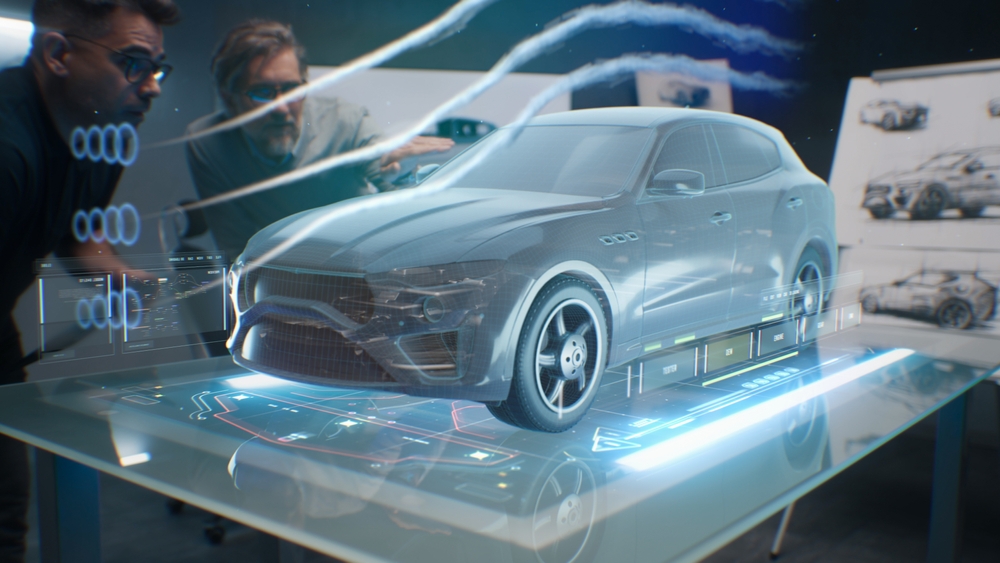
Advanced aerodynamics play a crucial role in improving the efficiency and range of electric vehicles. Designs that reduce air resistance help EVs consume less energy and travel farther on a single charge. Features like smooth underbodies, active grille shutters, and aerodynamic wheel designs contribute to lower drag coefficients. Models like the Tesla Model 3 and Lucid Air boast exceptional aerodynamic profiles, which enhance their overall performance and efficiency.
This article originally appeared in MyCarMakesNoise.
More from MyCarMakesNoise
16 Key Milestones in the Evolution of Tanks

From the early designs that changed battlefield strategies to the advanced technology of today, each milestone marks a step forward in combat effectiveness and innovation. Read More.
20 Motorcycles That Push the Limits of Speed

These bikes are not just about top speed; they are engineered for quick takeoffs and breathtaking performance. Get ready to explore the machines that redefine what it means to go fast. Read More.
20 Top-Selling Lincolns That Defined the Brand

In this article, we take a look at the 20 best-selling Lincolns of all time, showcasing the models that have set the standard for style, comfort, and performance. From classic sedans to modern SUVs, these Lincolns have left a lasting mark on the automotive world. Read More.


